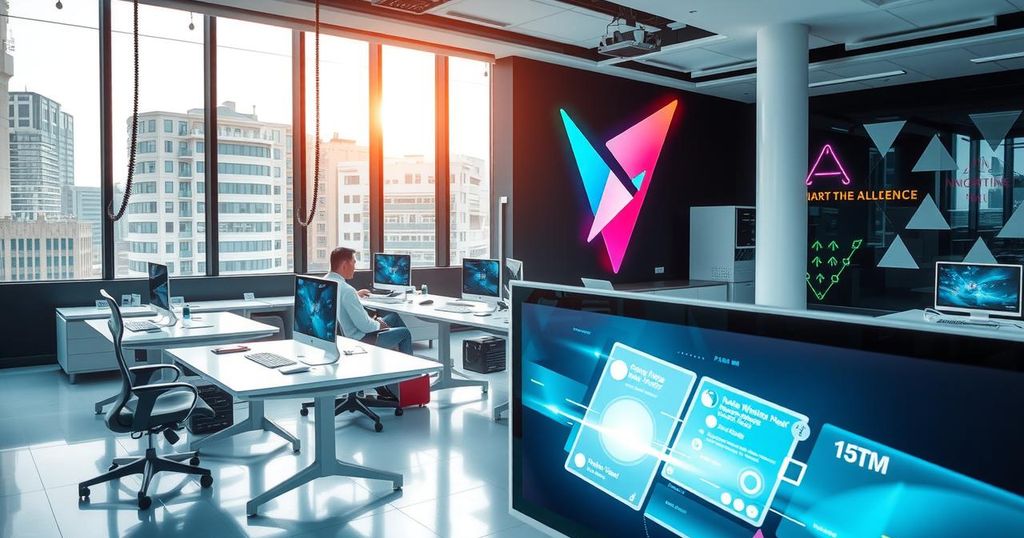GSA Enhances IT Solutions for Hybrid Work through Collaboration and Innovation

The GSA’s Workplace Innovation Lab is focused on improving workplace IT solutions and creating inviting office environments as remote work is reduced. 66% of federal workers prefer three to five remote days per week, prompting GSA to enhance flexibility and agility in their offerings. The lab showcases innovative tools like digital whiteboards and portable meeting devices, fostering collaboration with industry partners to solve federal workspace challenges.
The General Services Administration (GSA) is actively enhancing workplace IT configurations to create inviting office environments for federal employees, especially as remote work hours are being reduced. Through the Workplace Innovation Lab (WIL), GSA strives to ensure hybrid work equity, ensuring remote participants in meetings feel included and engaged.
Based on findings from a 2022 Cisco report, GSA discovered that 66% of federal employees prefer three to five remote workdays, highlighting the necessity for flexible workplace solutions. GSA has had around 5,000 federal employees test various IT setups and furniture at WIL, providing valuable feedback on their preferences and experiences, according to Charles Hardy, GSA’s chief architect.
The agency emphasizes the need for greater agility in IT design after noting that vendor partners did not initially meet user expectations. GSA plans to explore either limiting the testing to the D.C. area or expanding it elsewhere, reflecting their commitment to adapt based on user feedback. This flexibility aims to develop responsive solutions tailored to evolving federal workforce needs.
Among the innovative tools at the WIL is a URL-based reservation system, where a digital whiteboard displays real-time data on office availability, including air quality and noise levels. This data is captured using cameras and anonymized, ensuring no personal information is disclosed while still providing useful metrics for smart workspaces.
Furthermore, Cisco’s whiteboards utilize artificial intelligence to enhance video conferencing by dynamically framing remote participants and minimizing background noise. Future developments may include voice translation features, promoting a more inclusive hybrid work environment. Charles Hardy emphasizes that collaboration and co-creation are essential to addressing governmental workspace challenges.
The WIL’s design encourages increased mobility through tools like the Cisco Desk Mini, allowing users to join meetings seamlessly across platforms. Additionally, the lab showcases dual-monitor setups that facilitate the integration of various vendor hardware, helping agencies optimize their existing equipment alongside new purchases. Hardy highlights that these dialogues lead to innovative solutions flourishing from collaboration with industry partners.
Original Source: fedtechmagazine.com







